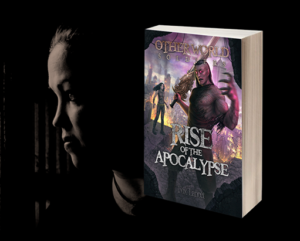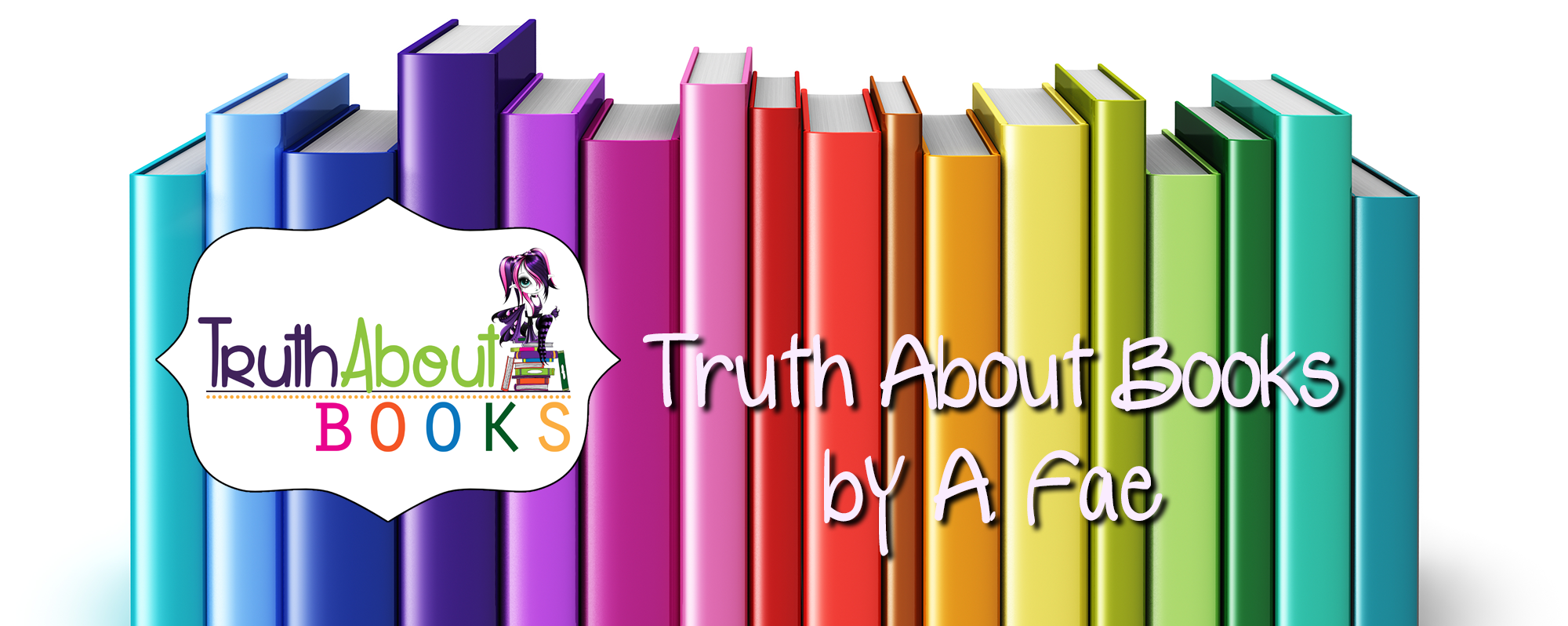One of my favorite tools of writing is subtext. I don’t know how widely known or used it really is because I didn’t learn about it until my junior year of college. Subtext is a thread that runs through a writer’s work that punctuates major points and/or usually underscores the whole purpose of the story. To put it in laymen terms: it’s a quiet metaphor.
Say you have a character in your story who is clearly the good guy, but you know later down the line he is going to make a terrible decision that will affect his future as the ‘good guy’. From the beginning you can present moments in scenes where he is making minute, careless mistakes as well as perhaps have him involved in an accident like falling down a steep hill and twisting his ankle. I know this sounds a bit like foreshadowing, but that’s part of what subtext can do. It is a tool of many trades. In this case, it truly would be subtext when the purpose of your story is revolved around this character’s development and you’re trying to create the understanding that people have the capacity to be good or evil. Obviously the ultimate trigger to this character’s change will have to be a bit bigger than him tripping and getting a sliver, but hopefully at this point you get that.
That was a very general example. As you can see from it, subtext is used to enhance the meaning and important moments of a story. This can be used through objects in the surrounding setting or perhaps a gesture or phrase a character uses. I feel that subtext can be used anywhere on a small scale or on a larger scale. I’ll start by describing its use on a smaller level. Take this excerpt for instance:
With her out of eye sight, he suddenly felt a wave of courage. She was just reaching for the knob of the stereo again when he added, “If I can come in to wait.”
They had come to a red light and her hand was frozen on the volume. She looked over at him. He still couldn’t gauge her expression. The lids of her eyes shifted ever so slightly and the light turned green.
“Of course,” she said after she returned her attention to the road and accelerated. (Lancet, Unpublished short fiction).
In this case, what’s happening (with the traffic light) around the pair in discourse is merely punctuating their interaction, which is one way subtext can be used in a little way. It’s not so much creating purpose for the scene as it is revealing the thought processes of the two characters.
If a writer wishes to extend the work of the subtext, and rely on it to a larger degree, he merely has to repeat its use in key areas of the story or use something in the story he knows will appear time and again. This object or idea should underline the purpose without necessarily calling attention to it. One of my short fiction stories in college involved a young girl who had recently come out of a bad relationship. She was dating a new guy the reader never actually meets. At the start of the story she cuts her finger and applies a neon orange bandage. I actually use the color again when she is dwelling on the boy she was dating whom dyes his goatee bright orange. I return to the bandage in the end when it accidentally falls off and reveals the still gapping cut. So in other words, I’ve made the bandage represent her new relationship which is just a cover up for a deeper emotional issue.
Another term associated with subtext that might help a writer use this tool properly, would be ‘thread’. You should be layering your story with subtext. This doesn’t mean you should be inundating your story with subtext, as this could overwork the story and lose any sort of real focus, so choose your threads carefully. In the end all a thread does is keep your subtext organized. It is absolutely possible to overuse a particular subtext. If it’s seen too often it will become redundant and lose its subtle behavior. That’s something you should remember when employing the tool. It should be subtle, sometimes almost going unnoticed.
In Gene Wolfe’s Mute the narrator refers back to the television several times throughout. In the beginning it’s on and there are people on it, but in the end it’s just gray. The whole story is a quiet post-apocalyptic setting following two siblings. They think they’re father is hiding somewhere in the house and (ATTN: spoiler alert) when they find his dead body in the basement they soon find the TVs have gone gray and lifeless. The children finally accept that they may be the last people in the world. She also employs smaller subtext (also referred to as layering) to highlight particular characteristics of the world the children are traversing.
To use a metaphor to describe something that does work like a metaphor: subtext is like the unconsciousness of writing. It’s something the writer wants to say but it doesn’t come across obtusely. It comes through in vague images or inserts itself among an otherwise unimportant image or idea. Just remember the root ‘sub’ meaning ‘under and beneath’, the text moves below the surface of your writing.
 Written by Fox Lancet, author of Rise of the Apocalypse.
Written by Fox Lancet, author of Rise of the Apocalypse.
A Demon lord running low on victims.
A woman who was never meant for the world she was born into.
An enemy seeking to stand in the path of a violently ravenous horde.
The Demon Lord must find a way to placate his Legions before they turn on each other. So when Lord Nefarion learns of the Otherworld, he stops at nothing to bring his legion to its gate and cross over. The Key must be found so that the Demons can keep control of this precious gate out of the hands of their enemy.
Meanwhile, the Seraphs will do anything to keep the Demons from their goal. Earth and its billions of humans cannot be allowed to fall victim to the savage bloodlust of Nefarion and his Legions, but they are outmatched. Only allies on this Otherworld can help, but can this equally blood-driven race be trusted?
Can either side locate the Key before the other and secure their access to this new battlefield? What happens when there is much more to it than any could have guessed?
Editor’s Note: Many thanks to Mr. Lancet for his article on subtext. I know, for me, that it has been quite helpful. Mr. Lancet, please don’t hesitate to drop by and visit us again.

